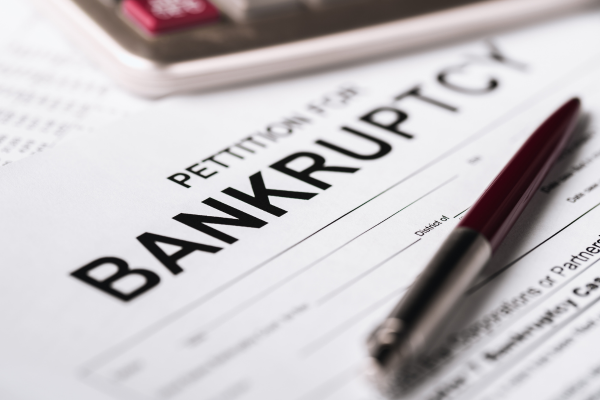Understanding Bankruptcy Laws and Options in California
Filing for bankruptcy protection is one of the most effective ways to get relief from debts that you cannot afford to repay. Like anything that brings relief, though, a bankruptcy case takes time and effort. While the court nominally accepts most bankruptcy filings if they do not contain formal errors and if the statements on the court documents are truthful and accurate, you must use caution and good judgment when filing for bankruptcy protection. The decisions you make about when to file and which debts you seek to discharge can affect the amount of debt relief you get from your case. For best results, you should work with a Whittier bankruptcy attorney before, during, and after your bankruptcy case.
Yes, You Can File for Bankruptcy
The first question to ask regarding any debt relief option is whether you are eligible for it. In the case of bankruptcy filings, the answer is almost always a resounding “yes.” According to federal law, everyone has the right to file for bankruptcy protection to discharge debts that they are unable to repay. The reason for this rule is to avoid a return to the era of debtors’ prisons.
Individuals have the right to file for bankruptcy protection, as do corporate entities. In theory, you cannot be too rich or too poor to file for bankruptcy. In practice, you cannot be too rich. Billionaires and mega corporations routinely discharge their debts in bankruptcy court and then start right back up, racking up new debts. It is possible, however, for financial obstacles to prevent you from filing for bankruptcy. You may have heard that more people file for bankruptcy in the spring than at any other time of year; this is because they are waiting for their income tax refunds to arrive so they can use the money to cover the costs of the bankruptcy filing.
The biggest obstacle to filing for bankruptcy protection, however, is time. You can theoretically file for bankruptcy an unlimited number of times during your lifetime; during the lifetime of a corporate entity, this can be dozens of bankruptcy filings over a period of centuries. Meanwhile, there are minimum periods of time that you must wait between bankruptcy filings. The length of the waiting period depends on the bankruptcy case category that you want to file.
Which Chapter of Bankruptcy Should You File Under?
The various categories of bankruptcy cases are named after the chapters of the Bankruptcy Code that describe them. Most individual bankruptcy filings are under Chapter 7 or Chapter 13. In a Chapter 7 bankruptcy filing, the court has the right to liquidate your non-exempt assets and use the proceeds of the sale to settle your debts. The assets you need to survive and avoid being destitute are exempt from liquidation; these include the house you live in if you own your house, and the car you drive to do errands and work if you are in the workforce. Most people who file for Chapter 7 bankruptcy do not own any non-exempt assets, so none of their property is at risk of liquidation.
If you have employment income, you may qualify for Chapter 13 bankruptcy. In this type of bankruptcy filing, the court determines the amount of money you can reasonably devote to debt repayment each month. It orders you to pay that amount each month for several years, and if you do this successfully, it discharges the remaining balance on your eligible debts. If you fail to keep up with the Chapter 13 payment plan, the court can change your case to Chapter 7 and liquidate your non-exempt assets. Besides these two categories, there are other types of bankruptcy filings that are specifically for businesses, farms, and government entities.
Are There Downsides to a Bankruptcy Filing?
A bankruptcy filing is not a magic wand that makes your debts disappear. It shows up on your credit report for several years, lowering your credit score and reducing your access to loans for almost a decade. Furthermore, some types of debts are ineligible for discharge. A bankruptcy case cannot erase your court fines, alimony, or child support obligations, and it is difficult to discharge tax debts or federal student loans.
Is There a Better Way to Manage Your Debts?
Filing for bankruptcy should be a last resort. You might be able to resolve your debt issues by settling directly with creditors, borrowing a debt consolidation loan, or simply continuing to pay down your debts slowly.
Contact the Law Offices of Omar Gastelum About Bankruptcy Cases
A bankruptcy attorney can help you file for bankruptcy protection. Contact the Law Offices of Omar Gastelum and Associates APLC in Whittier, California, to set up a consultation.
A Whittier bankruptcy lawyer can help you get debt relief by filing for Chapter 7 or Chapter 13 bankruptcy.

